Polder mill the Viaan
The Viaan is a true veteran. For more than four centuries it has been draining the Bergermeer, but before that it kept the Zijpe dry. The monumental mill stands near the junction of the N9 and the N245 and is now surrounded by the urban expansion of Alkmaar. Still the Viaan contributes to keeping the Bergermeer polder dry. It can be visited by appointment.
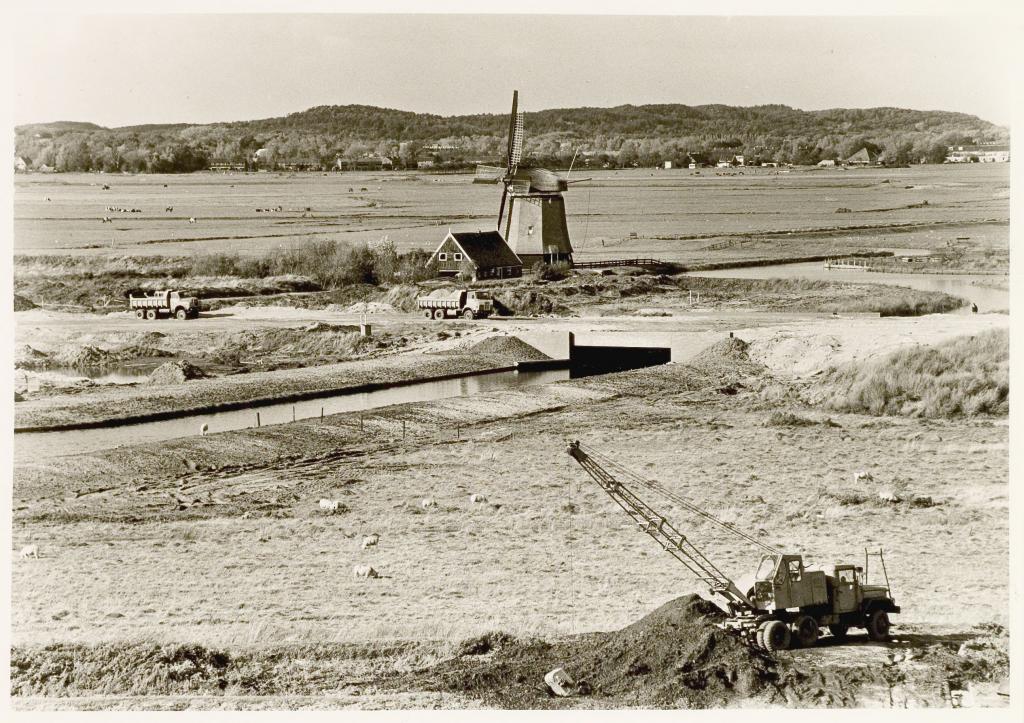
Berger and Egmond Lake
At one time, two famous lords from the time of the Eighty Years' War determined what happened here in the coastal region: Lamoraal van Egmond (1522-1568) was lord of Egmond, and Hendrik van Brederode (1531-1568) was lord of Bergen. Their property included the Berger and Egmonder Lake, a collection of shallow waters, marshes and islets. The lords jointly drained the lake in 1563-1566.
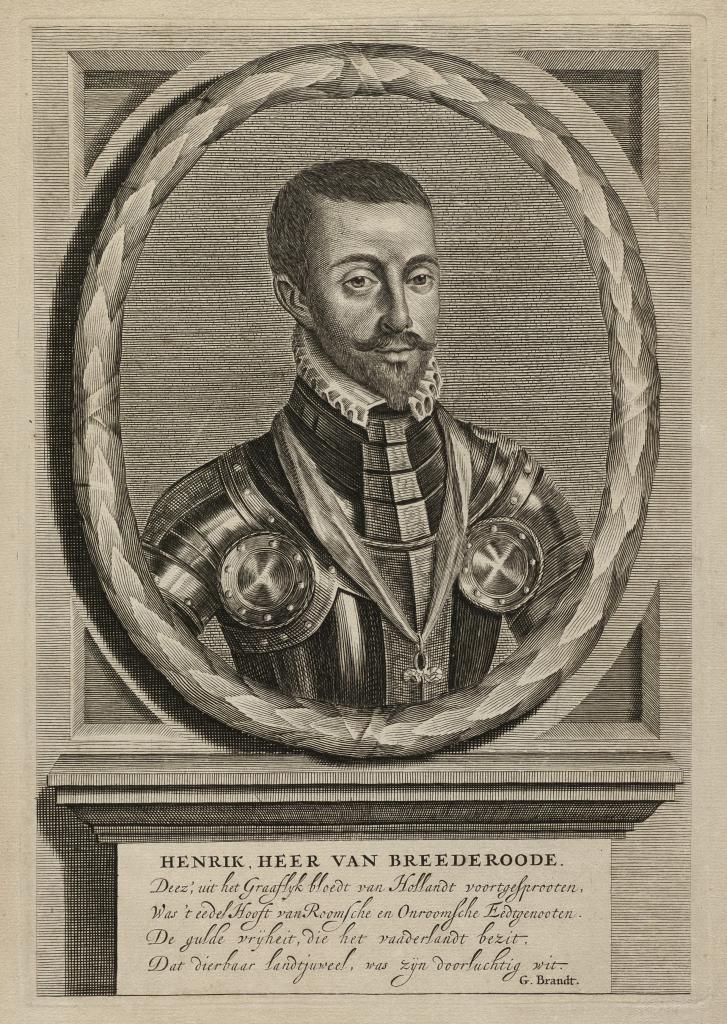
Vian mills
The Bergen part became the Bergermeer polder, which was pumped by three mills. Two of these were called "Viaanse mills. Hendrik van Brederode lived in Vianen in the province of Utrecht, his main property. Apparently he brought two seesaw mills from there to help with the embankment and drainage. They have long since disappeared, but their successors on the same spot continued to be called "Viaanse mills.

'Sijpschen mill'
The Alkmaar millwright Jan Reyersz Clock († after 1597) was involved in drainage from the beginning. Storm surge flooded the Bergermeer, which was reclaimed in 1578. Clock erected three polder mills for this purpose: the newly built Dikke Molen (1578), the Viaan (1579) and the Kleine Viaan (1584). The Viaan was 'second-hand': it was a 'Sijpschen mill', originating from Zijpe in the Noordkop, where it had been built around 1565. The Kleine Viaan may also have come from there.
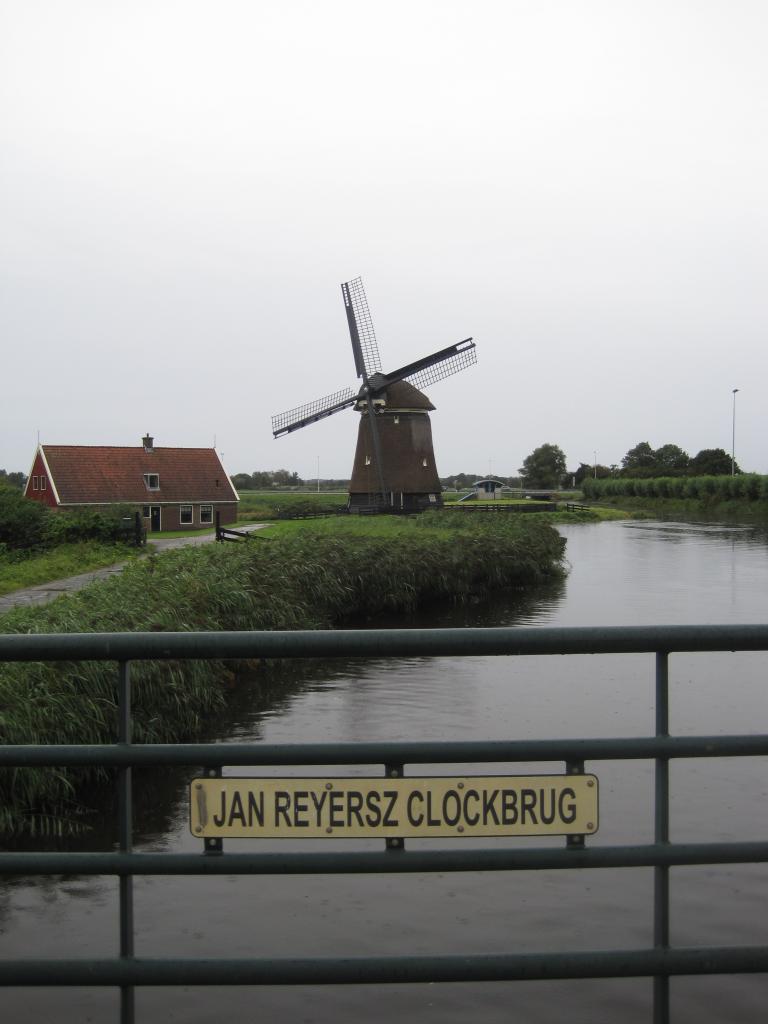
Inner cruisers
For many years the Viaan and the Little Viaan stood fraternally together. Both mills were inside-crossers, meaning that the miller had to climb into the cap to turn the mill cap to the wind with the help of the wheel there. In 1590 the still existing miller's house was built, where both millers could live. The Little Viaan was sold in 1724 because the Viaan could grind out enough water with a larger scoop wheel.
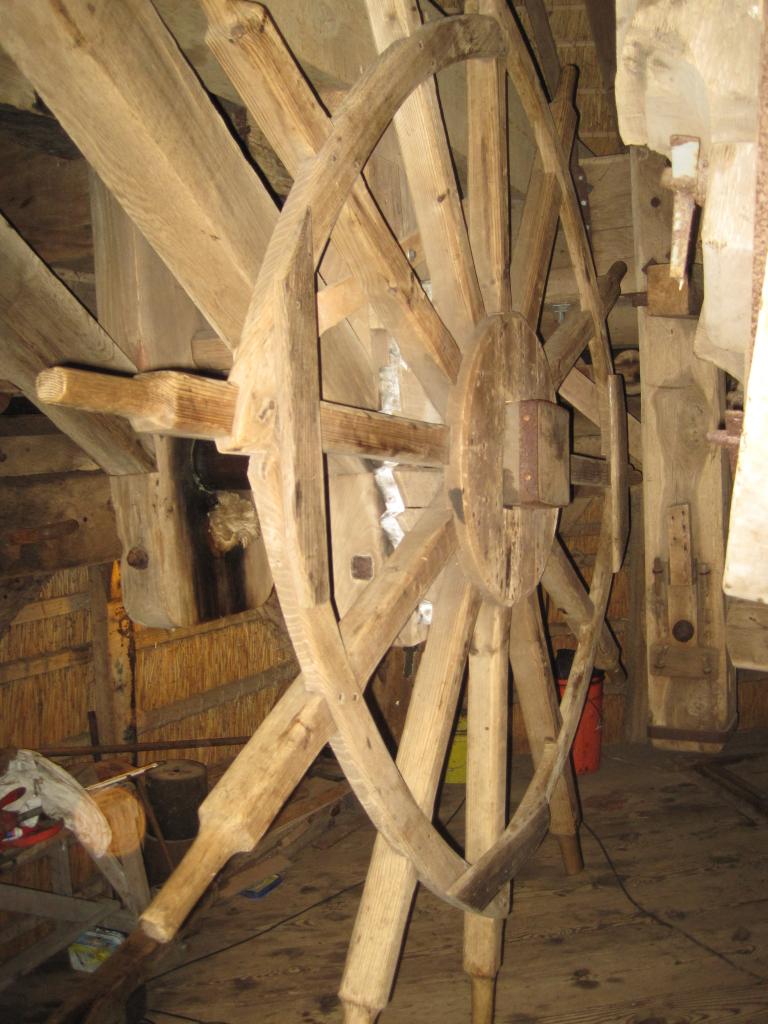
The Viaan remains
The Dikke Mill also disappeared: in 1922 it was replaced by an electric pumping station. But the Viaan milled on. By 1867, the mill was equipped with an auger, and a new stage was made from the wood of the scoop wheel. Old sails were also reused within the mill. When grinding was required at night, the miller slept in the bedstead, which was used as a guest book: craftsmen who worked on the Viaan also scratched their names into the wood.
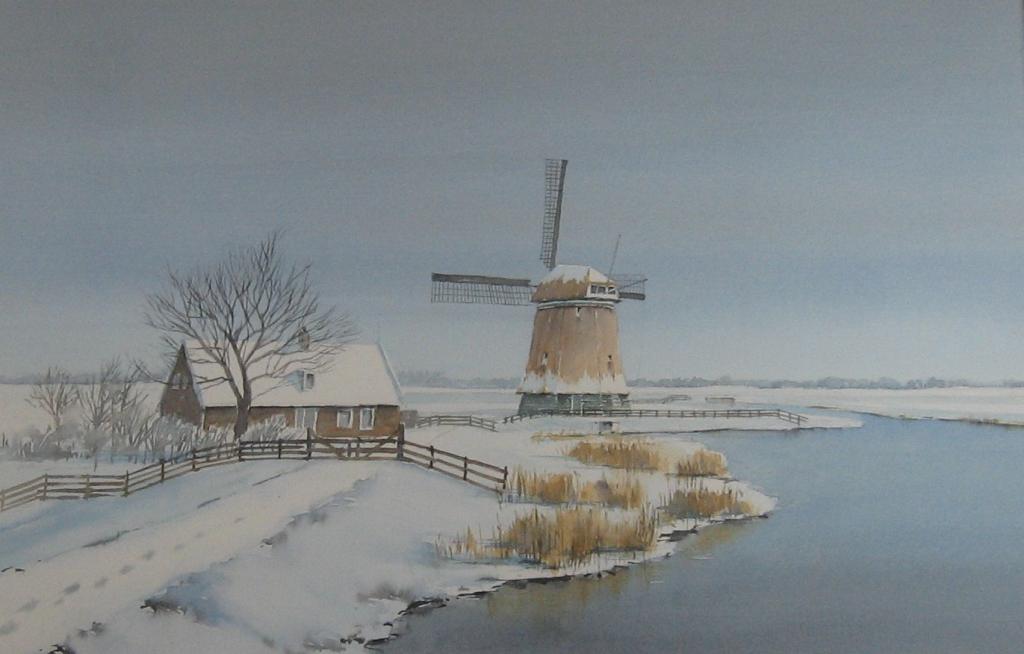
Milling tradition
The last professional miller was Bas Kruk (1928-2021), who was born in the mill house and succeeded his father in 1953. At that time, the mill was still very remote. During World War II, there were sometimes people in hiding in the mill. In 1961, the Viaan became a monument, and extensive restoration followed. In recent years, Kruk has been supported by a new generation of volunteer millers: Pedro Germes (2000) currently keeps the mill running. For now, the special craft of miller, on UNESCO's Intangible Heritage List since 2017, is not dying out.
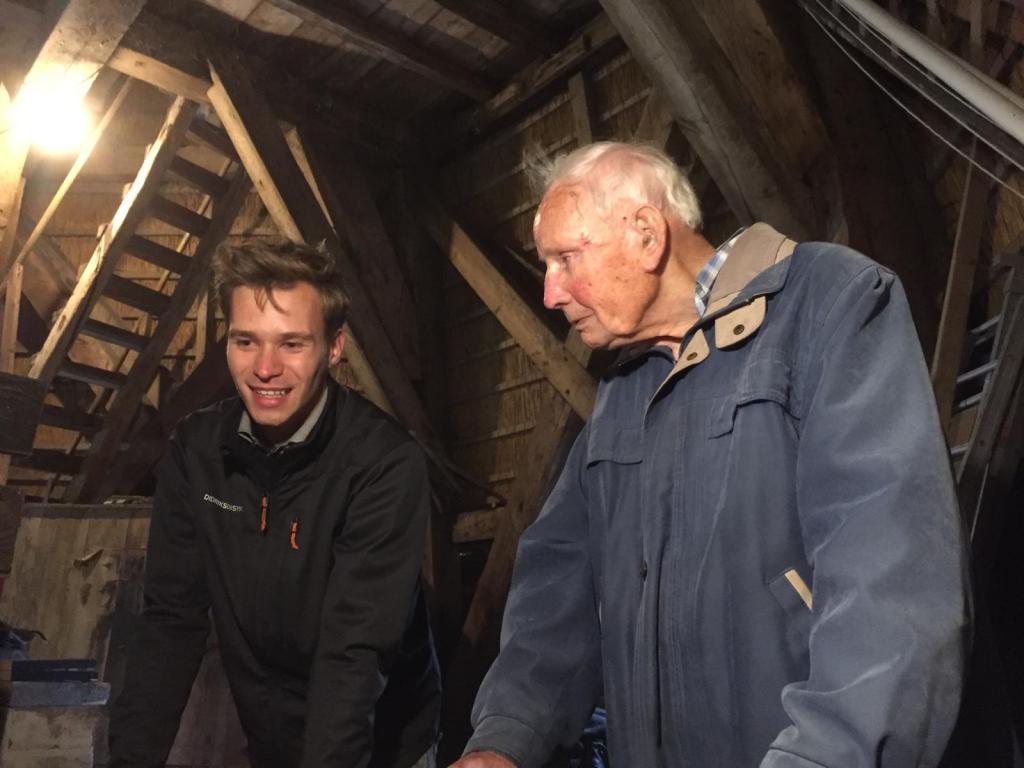
Additional
- The Green Route of the North Holland Walking Network runs along the Viaan.
- Pedro and miller apprentice Wilco (and the Viaan) are also featured in a podcast from the Whispering Mills project.
- The Whispering Mills project
- One can also take a "mill tour" by bicycle.
- Anyone who would also like to become a miller can apply to the Guild of Voluntary Millers.
Conservation of the mill is made possible in part by the National Cultural Heritage Agency and the province of North Holland.